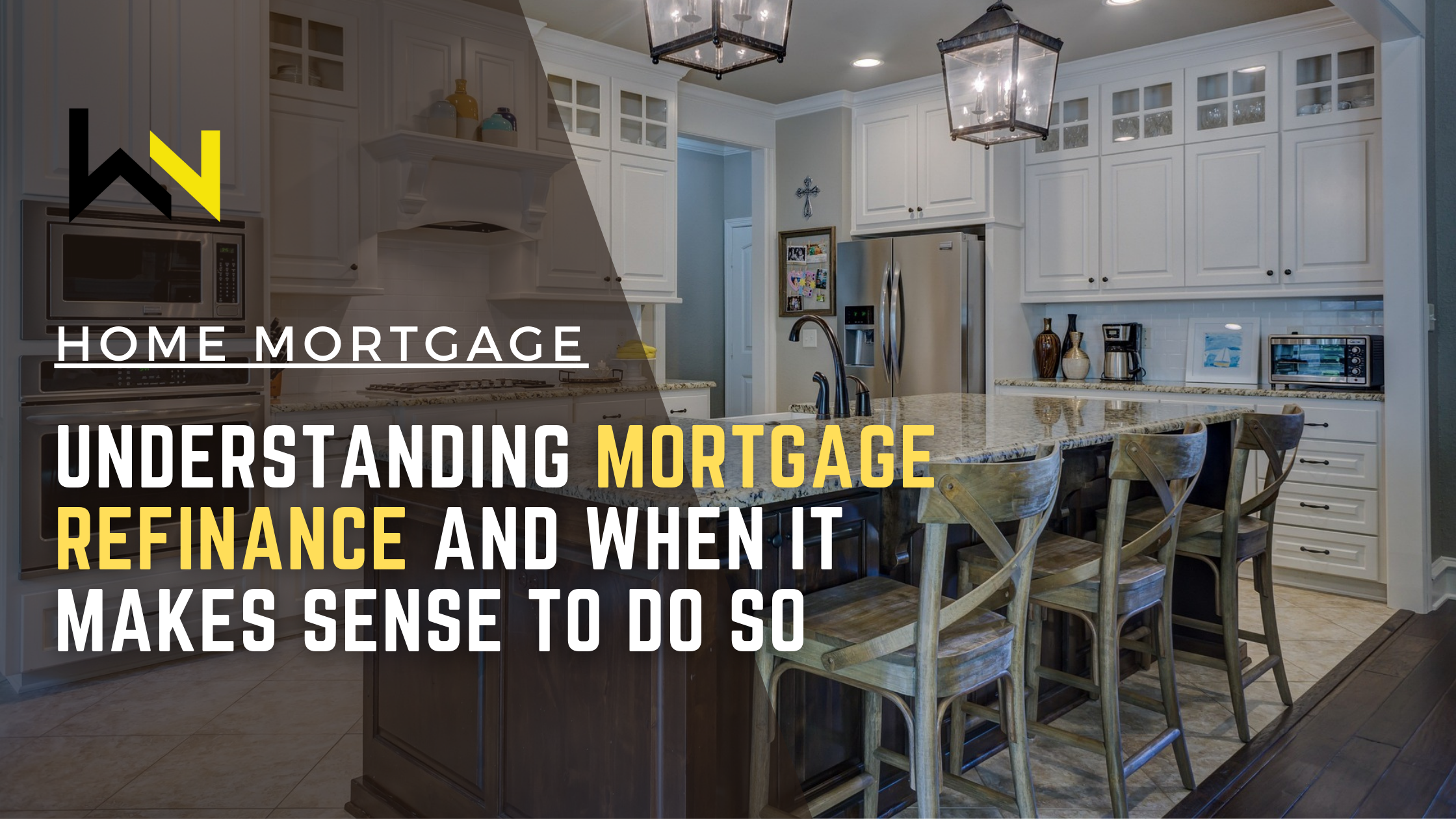When you’re in the process of buying a home, one of the most important decisions you’ll make is how much to put down as a down payment. Your down payment size can impact not only your monthly payments but also your mortgage rate. In this article, we’ll explore the impact of down payment size on your mortgage rate and monthly payments.
Mortgage Rates and Down Payment
Your mortgage rate is the interest rate you’ll pay on your mortgage loan. This rate is determined by a number of factors, including the size of your down payment. Generally, a larger down payment means a lower mortgage rate, while a smaller down payment means a higher mortgage rate.
Why does down payment size affect mortgage rates? Lenders use your down payment as a way to assess your risk as a borrower. A larger down payment shows that you’re financially stable and less likely to default on your loan. As a result, lenders are more willing to offer you a lower mortgage rate.
On the other hand, a smaller down payment means that you’re taking on more risk as a borrower. Lenders may be hesitant to offer you a lower mortgage rate because they perceive you as a riskier borrower. This is why many lenders require borrowers to pay for private mortgage insurance (PMI) if they make a down payment of less than 20% of the home’s purchase price.
Impact of Down Payment Size on Monthly Payments
In addition to affecting your mortgage rate, your down payment size can also impact your monthly mortgage payments. A larger down payment means you’re borrowing less money, which can lead to lower monthly payments. This is because you’ll be paying back less principal over the life of the loan.
For example, let’s say you’re buying a $300,000 home and you make a down payment of 20% ($60,000). This means you’ll be borrowing $240,000. If you have a 30-year fixed-rate mortgage with an interest rate of 4%, your monthly mortgage payment (not including taxes and insurance) would be around $1,145.
Now, let’s say you only make a down payment of 10% ($30,000) on the same home. This means you’ll be borrowing $270,000. With the same 30-year fixed-rate mortgage and interest rate, your monthly mortgage payment would be around $1,288. That’s an increase of over $140 per month.
It’s important to note that while a larger down payment can lead to lower monthly payments, it’s not always the best financial decision. You’ll need to consider your overall financial situation and goals to determine the right down payment size for you.
Conclusion
In summary, your down payment size can have a significant impact on both your mortgage rate and monthly payments. A larger down payment generally means a lower mortgage rate and lower monthly payments, while a smaller down payment means a higher mortgage rate and higher monthly payments. As you’re considering how much to put down on your home, be sure to weigh the pros and cons of each option to make the best decision for your financial situation.








